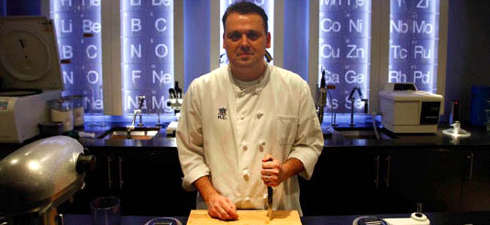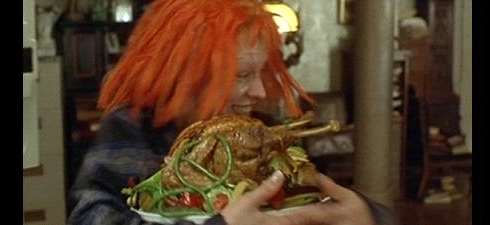
There is something essentially plastic about food, not in the sense that it is made of a petroleum bi-product, but in the original sense of the Greek word plastikos, it is capable of being molded or modeled. That’s why 3-D food printing technology might not be so Frankenstein-ish after all – it is another tool to push the boundaries of what food can or can’t look and taste like.
Fast Company reported recently that Cornell Creative Machines Lab is making a 3-D printer for food pastes that are edible inks. The machine prints the food, layer by layer according to a program, just like a 3-D printer for plastic models (plastic in the sense of petroleum bi-product.
The head of the project at CCML, Jeffrey Ian Lipton, has developed a new printing technique that allows the printer to change the texture of the food being printed. Called stochastic printing or squiggle printing, the food buckles and coils as it comes out of the syringe instead of falling in a straight line. This results in very porous structures whose absorbent quality can be completely controlled.
Who is first in line for this marvelous machine?
Says Homaro Cantu, executive chef at the Moto Restaurant in Chicago, who is exploring how to make foods look and taste like something they’re not:
Foods that aren’t considered “food” will become food in the future. The fact is Americans will never give up their cheeseburgers and French fries, so we need to replace them with healthy raw ingredients. The home cook may never have the skill set to actually produce [the healthiest] foods–this is where food printing or what I call food transmogrification can step in and fill the void.
And you thought Leelu‘s chicken was a joke!

